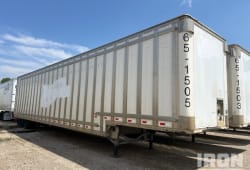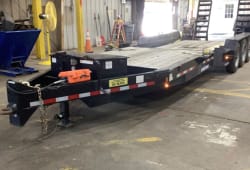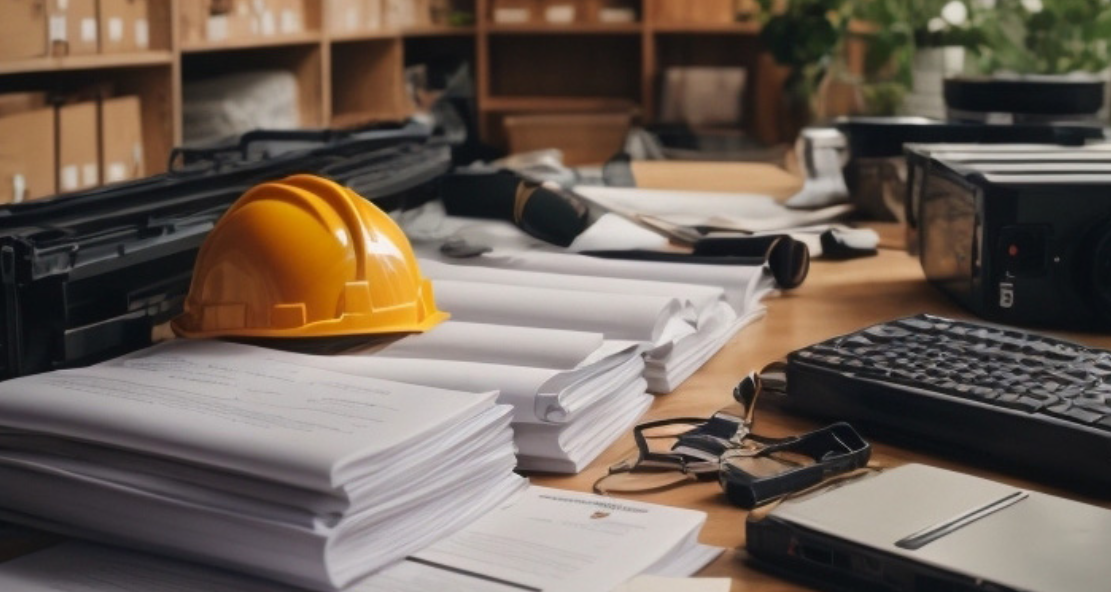Discover the Role of Soffits in Building Construction
6 Min read
)
May 28, 2024
In the world of construction and architecture, the term "soffit" refers to a specific feature commonly found in the building envelope, particularly in the area beneath the eaves on the exterior of a building. It is the exposed surface beneath the overhanging section of a roof eave or the underside of other architectural structures such as archways, balconies, or staircases. It can be made from various materials, including wood, aluminum, vinyl, and fiber cement. The choice of material often depends on the architectural requirements, aesthetic considerations, and the level of maintenance the builder or homeowner is prepared to undertake. Here are the things you need to know about soffits.
Functions of Soffit
:format(webp))
1. Protection from Weather Elements
Soffits are essential for the protection of a building's structural integrity. By covering the underside of the roof's overhang, they shield the rafters and other structural components from rain, snow, and other elements. This coverage helps prevent the ingress of moisture, which can degrade materials and lead to costly repairs. The installation of soffits thus extends the life of roofing materials and supports the building's stability, ensuring that the internal structures remain dry and intact even in adverse weather conditions.
2. Ventilation
Soffits equipped with small perforations play a pivotal role in a home's ventilation strategy. These perforations facilitate the movement of air into the attic space, crucial for maintaining an even temperature throughout the year. In the winter, they help to minimize the accumulation of warm air in the attic, thereby reducing the risk of ice dams forming at the roof's edge. During the summer, this air flow helps expel hot air, preventing the overheating of living spaces and reducing cooling costs. Overall, proper soffit ventilation maintains the health of the roof and attic structure by preventing moisture buildup and associated issues.
3. Aesthetic Appeal
Soffits significantly enhance the architectural appeal of a building. They provide a clean, finished look that hides unsightly structural elements like rafters and eaves, contributing to a building's overall visual harmony. Architects and designers often select soffit materials and colors that complement or enhance the building's exterior design, using them to add aesthetic value. Whether matching the main siding, contrasting with other elements, or introducing new textures, soffits can be an integral part of the building's design philosophy.
4. Pest Barrier
The installation of soffits also serves as an effective pest control measure. By sealing off the gaps that might otherwise offer access to the attic and roof spaces, soffits prevent wildlife such as birds, squirrels, and insects from entering and potentially nesting within these areas. Maintaining these barriers is crucial for avoiding the damage and unsanitary conditions that can result from pest infestations. Furthermore, the integrity of soffits must be regularly checked and maintained to ensure they continue to serve as a reliable deterrent against pest intrusion.
Materials Used for Soffits
1. Vinyl
Vinyl soffits are favored for their exceptional durability, cost-effectiveness, and minimal maintenance requirements. They stand out due to their resistance to environmental damages such as rot, chipping, and cracking. Available in a diverse palette of colors and styles, vinyl soffits can seamlessly integrate with any architectural design, making them a versatile choice for many homeowners. Their lightweight nature and ease of installation further enhance their popularity, providing a practical solution that combines functionality with aesthetic appeal.
2. Aluminum
Aluminum soffits are highly valued for their strength and resilience in challenging environments. They are particularly suited to areas with high humidity or coastal regions due to their excellent resistance to moisture and corrosion. Another significant advantage of aluminum soffits is their non-combustible nature, making them a safe choice in regions vulnerable to wildfires. Despite their higher cost compared to vinyl, their durability and low maintenance requirements make them a cost-effective option over the long term.
3. Wood
Wood soffits are cherished for their natural beauty and traditional appeal, offering a timeless aesthetic that is hard to replicate with synthetic materials. They can be an attractive feature on a variety of building styles, particularly those seeking to achieve a classic or rustic look. However, wood soffits require more maintenance than other materials, including periodic painting or sealing to protect against decay and pests. This ongoing maintenance can increase the overall cost of ownership, but for many, the aesthetic benefits outweigh these considerations.
4. Fiber Cement
Fiber cement soffits represent a modern advancement in building materials, known for their robustness and resistance to several environmental threats including fire, moisture, and termites. This material can be painted to match or complement the home's exterior, offering flexibility in design. Although fiber cement is generally more expensive and heavier than other soffit materials, making installation more labor-intensive, its longevity and protective qualities make it an excellent investment for those looking for a durable, low-maintenance solution.
Installation Considerations for Soffits
When it comes to installing soffits, there are several critical factors that must be taken into account to ensure the effectiveness and durability of the installation:
Ventilation
Proper ventilation is a paramount concern during the installation of soffits. Ventilated soffits should be strategically placed to provide continuous airflow into the attic and roof structure. This is essential for regulating temperature and humidity levels within these spaces, helping to prevent the accumulation of condensation. Adequate ventilation not only protects against mold and mildew growth but also aids in maintaining the structural integrity of the roof and attic.
Material Compatibility
It is crucial that the soffit material is compatible with other building materials used in the construction. This compatibility affects not only the aesthetic coherence of the building's exterior but also impacts the functional integration of the soffits with the rest of the building envelope. For example, certain soffit materials may be more suitable for specific climates or architectural styles, and their properties should align with the siding, roofing, and trim materials to ensure long-term durability and performance.
Alignment and Precision
During installation, precise alignment of the soffits is necessary to ensure they fit correctly and provide the intended aesthetic and functional benefits. Misalignment can lead to gaps that not only detract from the visual appeal but can also compromise the soffits’ ability to protect the structure from pests and weather elements.
Professional Installation
Due to the complexities involved in ensuring proper ventilation and alignment, as well as adhering to local building codes, it is advisable to have soffits installed by professionals. Professional installers have the expertise to handle the specific challenges presented by different types of soffit materials and building designs. They ensure that the installation meets all necessary codes and standards, thereby enhancing the performance and longevity of the soffits.
Adherence to Building Codes
Compliance with local building codes cannot be overstated. These regulations are designed to ensure that construction practices meet safety and quality standards. Professional installers are familiar with these requirements and can ensure that soffit installations comply with the relevant provisions, avoiding potential legal and structural issues down the line.
If you wanna learn about girders in construction, click here.














